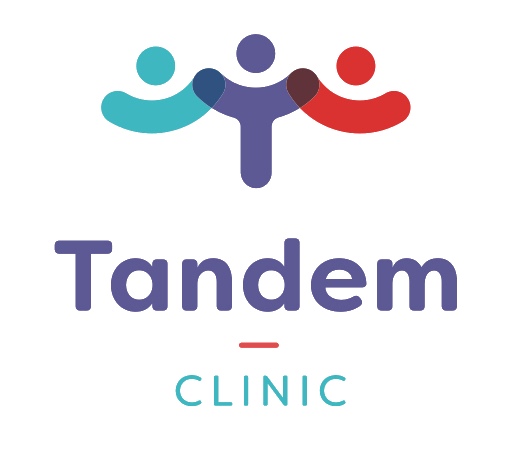MyLymeData - what “big data” research reveals for patients with chronic Lyme disease
One of the reasons there is so much controversy in Lyme disease management is the lack of high quality evidence to inform diagnosis and treatment, especially for the patients that fall outside of the classic presentation of the disease.
While there are many explanations for the lack of evidence, a particularly detrimental combination is the lack of pharmaceutical interest in the area and the high cost of conducting randomized placebo controlled trials (RCTs), the gold standard for quality evidence. These types of trials intentionally eliminate as many variables as possible to isolate a cause and effect relationship between a treatment and patient outcomes. Generally this is a good thing because we can say more confidently that the treatment caused the outcome.
But If you have any experience with chronic Lyme disease (CLD), you will most likely already know that it is a highly complex, individualized disease that affects different people in different ways. What RCTs are not good at is characterizing this complexity and the real world ramifications of having and treating this condition.
Enter MyLymeData
MyLymeData is the largest survey based database to date on patients with clinician diagnosed Lyme disease. The database offers unique insights into the condition and its range of manifestations. One of the advantages of this type of data is the very large sample size (hence the term “big data”) that allows for certain trends to be discovered that might be missed by RCTs with lower sample sizes. Furthermore, this type of data may be more representative of how real world Lyme patients are faring outside the constructs of an RCT.
But what really matters is the analysis that happens after the survey items are collected and there have already been two separate publications analyzing the data:
The first publication identified specific subtypes of patients with Lyme disease based on survey responses from almost 4,000 patients. The analysis identified well patients and unwell patients at the time of the survey. Additionally, the unwell patients were categorized as high responders, low responders, and non responders to therapy of any kind. Based on this analysis there were also some other important discoveries like high rates of initial misdiagnosis, having to seek out multiple health care practitioners for care, and a high occurrence of co-infection as reported by the patients.
The second publication was just over 2,000 patients that had been diagnosed with CLD specifically. This analysis identified characteristics that correlated with the well patients and high responders versus non-responders of the CLD participants. What the authors found was that well/high responding patients were more likely to have been prescribed antibiotics, have antibiotic therapy lasting longer than 4 months, and to have care managed by a Lyme-literate practitioner.
An important caveat to this research is the golden rule of observational studies: correlation does not equal causation. That is to say, just because antibiotics were correlated with being well and a high responder, that doesn’t mean that it was the variable that caused these patients to fare better. But what it does say is that long term antibiotic therapy and the other isolated variables may still be important areas to explore in future studies.
So what does this mean for people with chronic Lyme disease?
Longer term antibiotic therapy may actually be helpful for some patients, despite the findings of the few NIH studies on the topic. It also identifies a distinct subset of people, even with long term antibiotic therapy, that don’t respond to treatment.
What’s the missing link for this group of patients that don’t get better?
Hint: It can’t all be attributed to misdiagnosis. In our next blog we will be doing a deeper dive into some of the most common obstacles to healing for chronic Lyme patients and how to identify and correct these obstacles.
Dr. Carolyn Mukai, ND
Call Tandem Clinic at 604 670 0590 or schedule online here
Sources:
Johnson, L., Shapiro, M., & Mankoff, J. (2018, December). Removing the mask of average treatment effects in chronic Lyme disease research using Big Data and subgroup analysis. In Healthcare (Vol. 6, No. 4, p. 124). Multidisciplinary Digital Publishing Institute.
Johnson, L., Shapiro, M., Stricker, R. B., Vendrow, J., Haddock, J., & Needell, D. (2020, December). Antibiotic Treatment Response in Chronic Lyme Disease: Why Do Some Patients Improve While Others Do Not?. In Healthcare (Vol. 8, No. 4, p. 383). Multidisciplinary Digital Publishing Institute.



